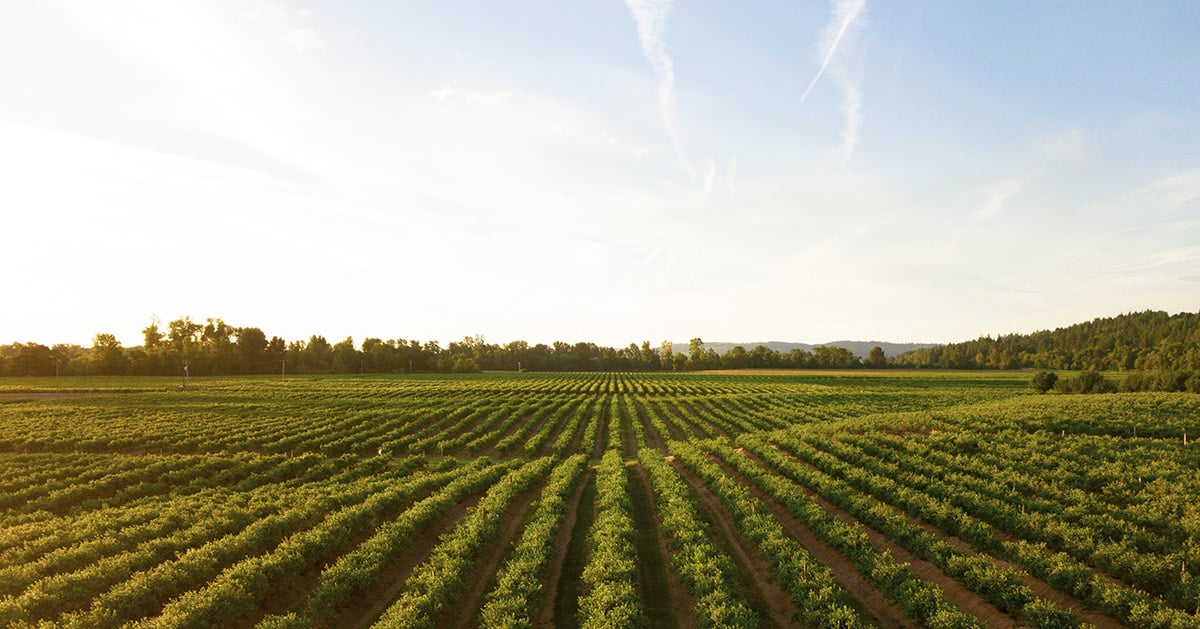Smart cities are all the rage in recent years. This makes sense, considering that urban areas are home to 80 percent of the American population and 60 percent of the earth’s population is expected to live in cities by 2050. Not surprisingly, cities are responsible for the majority of emissions in the U.S. Fortunately, cities like NYC and others are already making strides to increase efficiency and cut carbon emissions.
The benefits of smart cities are well documented. It’s exciting to see data and IoT solutions enhancing infrastructure, services and building performance for businesses and residents. As a San Francisco based company, we’re seeing the ways cities are embracing technical solutions to energy management firsthand. According to a report from McKinsey Global Institute, smart city applications can improve key quality-of-life indicators like health and safety, by up to 30 percent.
Why rural?
With the focus on smart cities, these urban areas have increasingly lower per capita energy consumption rates. However, their counterparts, or rural communities, aren’t seeing these rates as much. There are many high-energy use buildings in rural and suburban communities and these communities are an integral part of the economy, also standing to benefit from “smart” technologies. Offices, industrial warehouses and manufacturing facilities in many of these areas are responsible for making things we use every day, like glass, carpet and many other products. Sure, smart cities and high-tech hubs are important, but let’s not forget about the “smart rural” opportunity.
The benefits of energy efficiency for rural buildings and utilities
Energy efficiency optimization can provide huge economic benefits and overall, Americans living in rural areas spend a disproportionately high share of their income on energy bills. Rural households have a median energy burden of 4.4 percent, compared to the national burden of 3.3 percent that on average rural residents pay 40 percent more than metropolitan dwellers. This also means that businesses can benefit from upgrading their equipment. One of our customers, Saint-Gobain in Huntsville, Alabama, has upgraded to LED lighting, driving new savings for the plant. They were able to cut energy consumption by 1.87M kWh, thus avoiding more than 3 million pounds of CO2 from being emitted into the atmosphere, which is equivalent to taking 299 cars off the road.
In fact, in 2014, the USDA committed $250 million to rural energy efficiency to help residential and business customers make energy efficiency improvements and lower their electric bills. Utilities and rural coops also provide efficiency incentives. At Redaptive we have also worked with utility providers including Benco Electric Cooperative and Hibbing Public Utilities to secure incentives on behalf of our customers.
Job creation in manufacturing: a healthy indicator
Additionally, jobs in the agricultural sector are no longer the top industries in rural areas, says the U.S. Census Bureau, but jobs in manufacturing, retail and educational services are on the rise. In fact, more than 12 percent of the rural workforce is in manufacturing, working as assemblers and fabricators, production workers and managers. These numbers are important because they show that energy use in manufacturing is projected to rise.
Efficiency for all
Whether we’re talking about a downtown high rise or a manufacturing plant, energy-efficient buildings are better for the companies that operate them and for the people that work in them. The surprising spike in carbon emissions from buildings (a 10 percent increase in 2018 over the previous year, according to the Rhodium Group data), reminds us to not only tout new construction, but also to find ways to retrofit the older building stock.
Many of our customers are experiencing significant savings by rolling out retrofits across all of their buildings, urban and rural. By taking a portfolio approach, they can include more sites, even in areas with cheaper electricity rates – where projects and payback periods couldn’t pass corporate hurdle rates on their own. Hopefully, with renewed focus, no rural community will get left behind in the efficiency transition.





